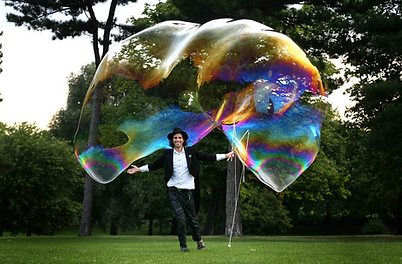




“I cannot teach anybody anything; I can only make them think.”
-Socrates-
MY TEACHING PHILOSOPHY
Academic teaching has always had a dual significance: students are trained to become the new and ideally improved generation of scientists and, in parallel, the instructor (naturally a lifelong learner as a scientist) is offered the opportunity to continuously improve his/her capabilities through the dynamic interaction with their students. Like any marriage, both parties must be happy for it to work. On the one hand, via teaching, students must first see for themselves the beauty of the taught subject that will then guarantee their engagement. Once engaged, an effective and joyful teaching strategy will not only build their scientific confidence through the advance of their knowledge, but will also help them evolve into critical thinkers, able to encounter challenges far beyond the taught subject. On the other hand, the teacher needs to make sure that all these things will happen harmoniously; this will definitely provide the satisfaction that their significant mission is successful.
PHYSICAL CHEMISTRY OF COLLOIDS
MASTER COURSE; SPRING SEMESTER 2019, UNIV. OF LUXEMBOURG
LECTURE NOTES (PDF VERSION)










